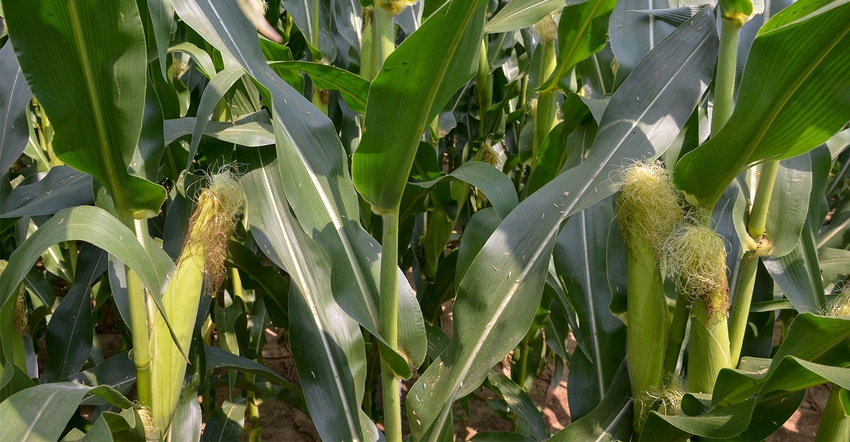
Sometimes this summer walking cornfields, I could tell ear size varied once in a while. I wonder if it’s because the non-traited hybrid added to meet refuge requirements put out smaller ears. How much longer will we have to wait before they do away with refuge and we don’t have to either plant non-GMO refuge or rely on refuge in a bag?
Here’s a hot one for the Indiana certified crop advisers panel. Weighing in this month are Betsy Bower, agronomist with Ceres Solutions, Terre Haute; Jamie Bultemeier, agronomist and corporate sales director for A&L Great Lakes Labs, Fort Wayne; and Steve Gauck, sales agronomist with Beck’s, Greensburg.
Bower: First of all, ear size can vary irrespective of whether it is traited or not. Planting conditions with late-emerging plants can set up a cornstalk that is not competitive with early emergers. Conditions at planting may have led to compaction around the seed slot that also could have affected corn emergence and led to irregular growth and small ears. Insect damage after planting from wireworms, white grubs and others could have weakened root systems and stunted growth, resulting in less competitive plants with smaller ears.
I don’t think refuge will ever go away. Planting a refuge as bulk refuge or refuge in a bag is a way to ensure a part of the corn population in a field is subject to the insects in that field and slow the development of resistant populations. While planting refuge as a block can be difficult, it ensures that we keep a susceptible population of insects that can still be controlled.
Bultemeier: Several environmental factors can influence ear size, not just small variations in genetics. Early-planted corn in 2017 was highly variable in emergence timing. A few days difference in emergence can cause a neighboring plant to experience the same stress event at a slightly different point in physiological maturity. Environmental stresses that led to uneven emergence continued to slow growth of delayed plants through the early growing season. Throw in some replant spots and you have the perfect recipe for variation in ear size.
Refuge is here to stay, at least in the near term. The three main tools in managing the development of resistance in insects are crop rotation, using different traits and refuges.
Gauck: I feel as though refuge will always be a component of our corn cropping system. Insects can build resistance very quickly, and we need to be proactive in slowing that process down. The refuge portion of refuge in a bag is not non-GMO. That is a point many people don’t stop to think about. The refuge hybrid has no insect traits so it can be effective at helping prevent resistance. However, it has herbicide traits. Otherwise you wouldn’t be able to spray herbicides like glyphosate over glyphosate-tolerant corn without wiping out refuge plants.
Refuge in the bag has also allowed us to plant a much smaller percent of unprotected plants in the field.
I would closely analyze the stalks and ears to determine why they are smaller. In many cases, a plant that emerges late will have smaller ears. In some cases, it may be due to insect damage, but many times other issues will cause a smaller ear on certain plants.
About the Author(s)
You May Also Like




